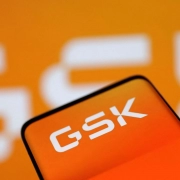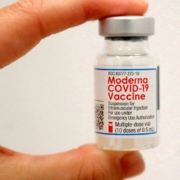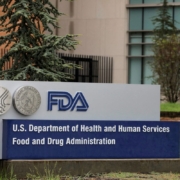Incyte wins second graft-versus-host disease FDA approval
Incyte wins second graft-versus-host disease FDA approval
Incyte and partner Syndax Pharmaceuticals announced on Wednesday that the FDA has given the green light to axatilimab-csfr—now to be branded Niktimvo—for the treatment of chronic graft-versus-host disease in patients who had failed at least two prior lines of systemic therapy.
Niktimvo, an intravenous infusion therapy, can be administered to both adult and pediatric patients, given they weigh at least 40 kg. It is the first FDA-approved anti-CSF-1R antibody directed against inflammatory and fibrotic drivers in chronic graft-versus-host disease (GVHD), according to Incyte.
CEO Hervé Hoppenot in a statement said that Niktimvo’s approval will offer chronic GVHD patients “a new treatment option with a novel mechanism of action to help address the serious and devastating complications associated with this disease.”
BMO Capital Markets analyst Evan Seigerman in an investor note called Niktimvo’s approval “a modest positive” for Incyte, similarly referring to the drug’s third-line opportunity as “modest.” The approximately $200 million peak sales in this setting is “a comparatively small win” compared with the impending loss of exclusivity for the kinase inhibitor Jakafi (ruxolitinib) in 2028, according to Seigerman.
“We want to see meaningful pipeline progress for larger indication assets,” Seigerman wrote. Toward that end, Incyte is continuing to study Niktimvo as a frontline treatment for chronic GVHD in combination with Jakafi and steroids.
Typically arising in patients who have undergone allogeneic stem cell transplantation, chronic GHVD is a serious condition characterized by the host’s immune system mounting a response against the implanted cells, eventually also attacking the host’s own organs. According to Incyte, around 42% of transplant recipients develop chronic GVHD—representing around 17,000 patients in the U.S.—of whom almost half require at least three lines of treatment.







 Reuters
Reuters
